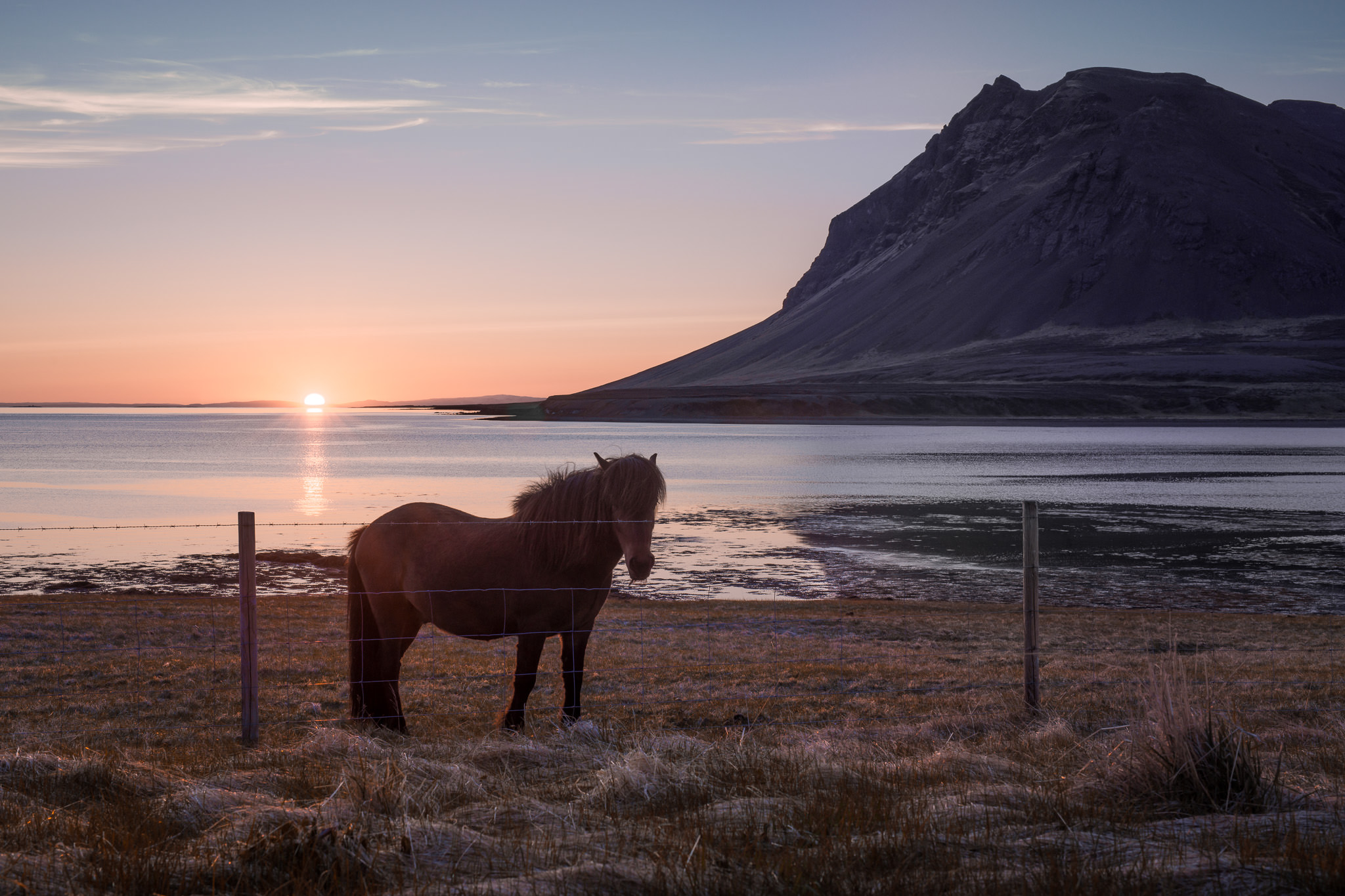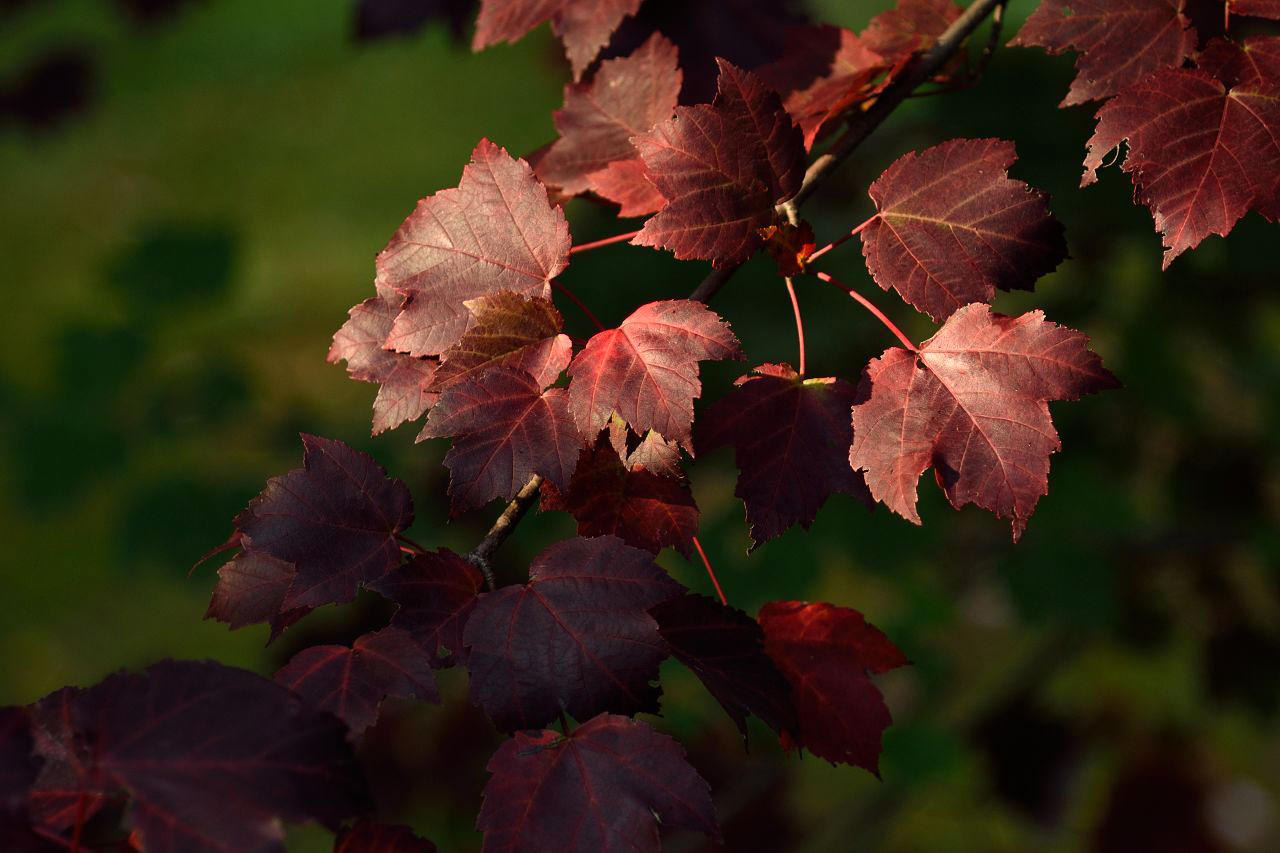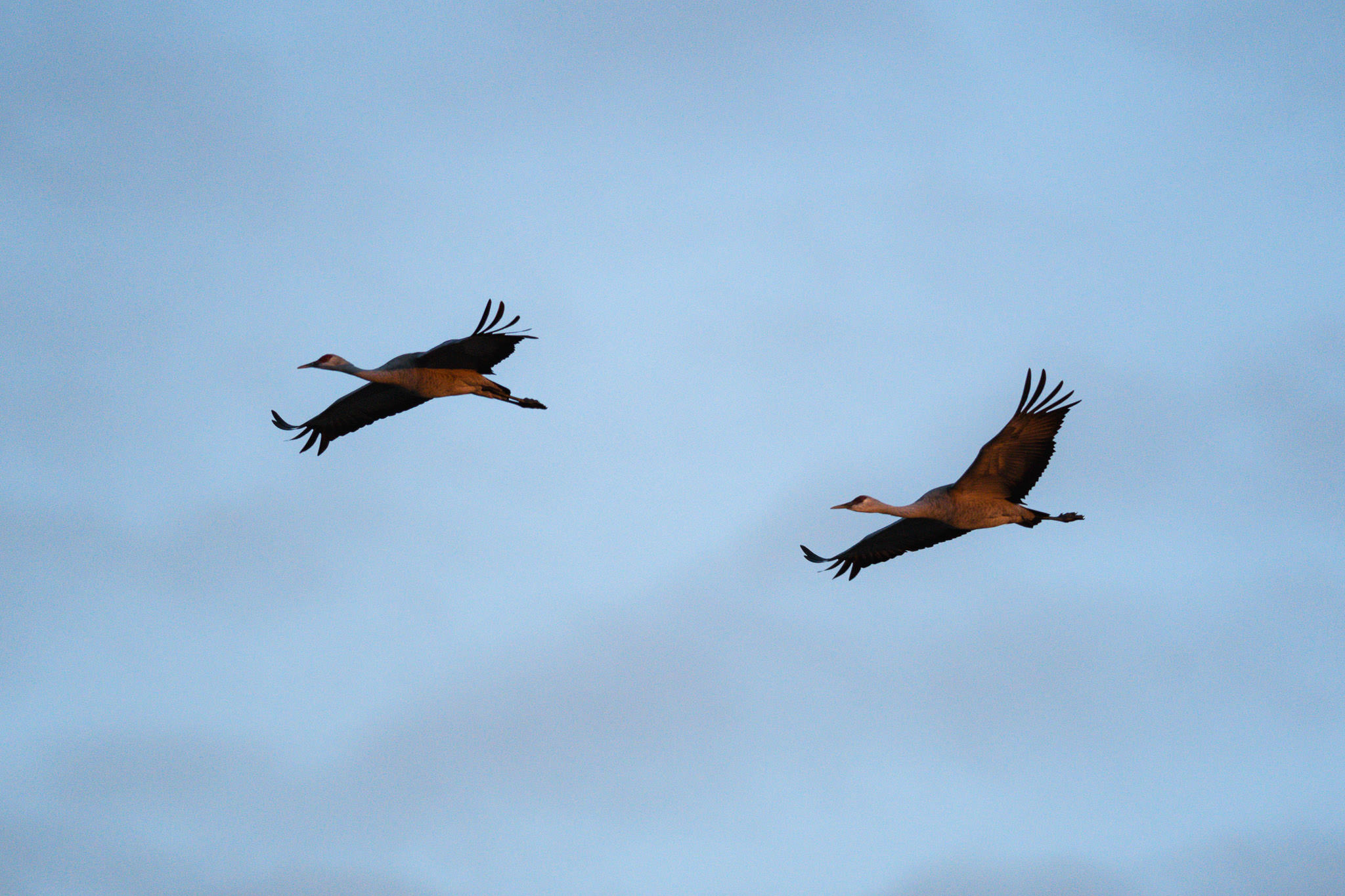Thank you for the references.Thanks for your succinct summary. I avoided mention of Luminance, as this thread is not discussing using flash, or other light sources, to change the luminance
I was also trying to avoid going deeper into the subject of "Sensor Innards". After all, the topics of Exposure, and ISO Invariance etc fuel a cottage industry of articles and forum debates (!)
Personally, I dod believe to understand the basic concepts of how a sensor works. This nerdy video does a fair job
One has to be critical of the www material. Photography Life, for example, has a large section of articles on Concepts and 'How To...' by different authors, but at least one is still hung up on the exposure-triangle idea, which can lead to misleading ideas: e.g. that increasing ISO increases luminance

ISO Invariance Explained
In this article, we will explore ISO invariance in detail and how you can use it to your advantage in your photographyphotographylife.com

Learning to Shoot in Manual Mode
photographylife.com

Everything You Need to Know About Aperture Priority Mode
Aperture priority mode is a great way to control the look of your photos. In this article, we look into this mode in detail and explain how it works.photographylife.com
If I'm walking in the woods with an expert birder, and we both have normal hearing. How does he hear the song of a certain bird in the distance but I don't? By one definition he is more sensitive to birdsong than I am, yet we both have equal results on a hearing test.
Same idea with ISO. Light hitting a photosite/pixel dislodges electrons. The number dislodged doesn't depend on ISO, so in that sense ISO doesn't affect how sensitive the pixel is. But the camera system as a whole turns those electrons into a single raw number. That number gets bigger with higher iso settings. So in that sense, like my birder friend, we could say the ISO affects the sensitivity of the camera system to light. We certainly can force a pixel to blow out irretrievably with too high ISO. So in that sense one can be forgiven for including ISO at least in the photographic triangle if not the exposure triangle.
ASA in film days was a measure of film sensitivity. Using films with different ASA’s allowed matching shutter speed and/or aperture to the practical/creative requirements of the shot. The trade off was between motion blur, depth of focus and grain. The word ‘exposure’ loosely meant a particular set of the independent variables shutter speed and aperture. But, ASA, which represented sensitivity to light, was also an independent variable chosen by the operator.
For modern digital cameras that are ISO invariant, sensitivity is NOT an independent variable. It is fixed and the operator can’t change it. ASA is not conceptually the same as ISO. The former is a measure of sensor (film) sensitivity, whereas the latter is ultimately related to signal-to-noise (SNR).
Why is this? After all, for typical daylight, handheld shooting, the amount of electronic/thermal noise is insignificant (an engineering marvel). So, the noise must be part of the light detection process. It is.
Light consists of quantized waves, which sometimes behave as waves and sometimes as particles. Which behavior is manifest depends on the “scale” of the problem being analyzed. In the case we are considering here, light behaves as particles.
So an appropriate analogy is that someone in the scene being photographed is throwing particles at a pixel in your camera. Sometimes it’s a hit…Sometimes a miss. Mathematically, if on the average N photons would hit your pixel, there will be a random deviation of Sqrt(N) from N. This inherent randomness at low levels of light dominates the noise in the images from modern cameras.
The important takeaway is that the SNR scales as N/(Sqrt N) = Sqrt(N), so as the number of photons of decreases, so does the SNR also decrease. Thus, less light produces noisier images. Since ISO scales so that it directly reflects the deterioration of SNR with decreasing amounts of light at the sensor, increasing ISO is a fundamental measure of image noise.
This is an fundamental limitation imposed by physics. The wave/particle nature ultimately limits the size of camera pixels due to counting statistics (and also diffraction), and hence limits the number of pixels that can be reasonably fit within a 35mm sensor for normal use. That modern cameras are pushing hard against Mother Nature in this way is truly astonishing.
I prefer to think of ISO as a measure of noise…commonly represented as dynamic range on the charts.
And this is why Steve councils in an eBook to put high-ISO images into the can with good shutter speed, and then start lowering shutter speed (and ISO) and taking bursts, hoping to capture a sharp, less noisy image with higher SNR.
Last edited:


